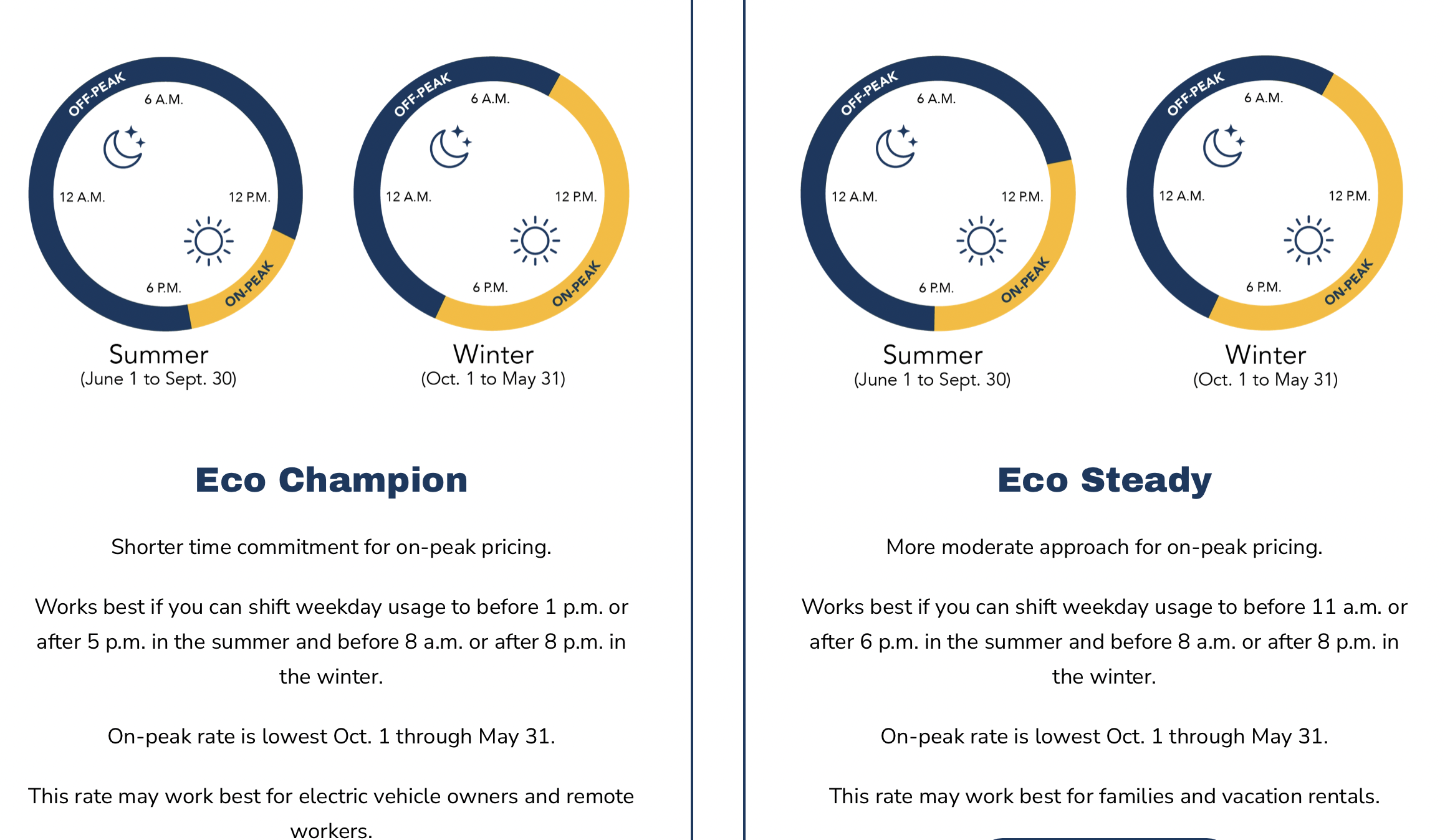Trump isn’t gutting Medicaid and food stamps. He’s fixing our broken welfare system. | Opinion – USA Today

Report on the “One Big Beautiful Bill Act” and its Alignment with Sustainable Development Goals
1.0 Legislative Overview
The “One Big Beautiful Bill Act” introduces significant reforms to the United States’ welfare system. The legislation’s primary objective is to connect the receipt of social assistance benefits, specifically Medicaid and the Supplemental Nutrition Assistance Program (SNAP), with work requirements for able-bodied recipients. The stated goal is to transition individuals from government dependency to economic self-sufficiency.
- The bill establishes the first federal work requirement for the Medicaid program.
- It reinforces existing work requirements for the SNAP (food stamp) program.
- It introduces measures to hold states accountable for the distribution of benefits to ineligible individuals.
2.0 Analysis of Provisions in Relation to Sustainable Development Goals (SDGs)
The act’s provisions can be analyzed through the framework of several key UN Sustainable Development Goals.
2.1 SDG 1: No Poverty & SDG 8: Decent Work and Economic Growth
The legislation directly addresses SDG 1 (No Poverty) and SDG 8 (Decent Work and Economic Growth) by promoting employment as the primary pathway out of poverty.
- Promoting Self-Sufficiency: The core of the reform is to move able-bodied adults from welfare programs into the workforce, which is intended to foster economic independence and reduce long-term poverty.
- Medicaid Work Requirement: For the first time, able-bodied adults, excluding those with young children, will be required to engage in part-time work to maintain Medicaid eligibility. This is designed to integrate health support with employment objectives.
- Strengthening SNAP Requirements: The bill closes loopholes that previously allowed able-bodied adults to bypass work requirements for food assistance, impacting approximately 42 million beneficiaries and encouraging their participation in the economy.
2.2 SDG 3: Good Health and Well-being
The reforms to Medicaid, a program serving 84.6 million people, are framed as a strategy to ensure its long-term viability, aligning with SDG 3 (Good Health and Well-being).
- Preserving the Safety Net: Proponents argue that by requiring work from those who are able, the reform preserves critical healthcare resources for the most vulnerable populations, such as individuals with disabilities, the elderly, and children.
- Targeted Assistance: The policy aims to ensure that Medicaid functions as a health safety net for those genuinely in need, rather than a general support program for healthy, working-age adults who are not employed.
2.3 SDG 10: Reduced Inequalities & SDG 16: Strong Institutions
The act seeks to address systemic issues within the welfare system, which can be linked to SDG 10 (Reduced Inequalities) and SDG 16 (Peace, Justice, and Strong Institutions).
- Pathway to Economic Mobility: The legislation is presented as a tool to empower individuals to improve their economic status through work, thereby reducing the inequality associated with long-term welfare dependency.
- Institutional Accountability: By making states financially responsible for payments to ineligible recipients, the bill aims to strengthen the integrity and governance of welfare institutions. This reform is intended to create a more efficient, accountable, and just system.
3.0 Conclusion
The “One Big Beautiful Bill Act” represents a fundamental shift in welfare policy, emphasizing work as a condition for receiving benefits. From a policy perspective, it is designed to align with key Sustainable Development Goals by:
- Fostering economic independence to combat poverty (SDG 1).
- Promoting employment and economic growth (SDG 8).
- Ensuring the sustainability of health programs for the most vulnerable (SDG 3).
- Providing pathways to reduce economic inequality (SDG 10).
- Strengthening the accountability of government institutions (SDG 16).
Analysis of Sustainable Development Goals in the Article
1. Which SDGs are addressed or connected to the issues highlighted in the article?
The article discusses policy changes to welfare programs, directly connecting to several Sustainable Development Goals that focus on poverty, hunger, health, employment, and institutional reform.
-
SDG 1: No Poverty
The article directly addresses poverty by discussing welfare reform aimed at moving people from “government dependency” to being “self-sufficient.” It argues that the current system has “trapped millions of people in generational dependency” and that the proposed reforms will help people “living in poverty” by encouraging work.
-
SDG 2: Zero Hunger
The article explicitly mentions the “food stamps program” (Supplemental Nutrition Assistance Program – SNAP), which is a key social safety net for preventing hunger. The discussion of strengthening work requirements for the “42 million people who benefit” from this program connects directly to policies affecting food security for vulnerable populations.
-
SDG 3: Good Health and Well-being
The article focuses heavily on Medicaid, a program designed to provide health care to low-income individuals. The introduction of a “federal work requirement” for Medicaid’s “84.6 million recipients” is a significant policy change that impacts access to health services, a core component of SDG 3.
-
SDG 8: Decent Work and Economic Growth
This is a central theme of the article. The entire premise of the “One Big Beautiful Bill Act” as described is to “connect welfare to work.” The goal is to help “able-bodied adults leave welfare and find work,” “find jobs and raise their incomes,” and promote self-sufficiency, which aligns with the goal of achieving full and productive employment.
-
SDG 10: Reduced Inequalities
The article frames the reforms as a way to “empower people on welfare to rise through work” and “fully share in our country’s progress.” This rhetoric touches upon the goal of promoting the social and economic inclusion of all individuals, particularly those in vulnerable situations, thereby reducing inequality.
-
SDG 16: Peace, Justice and Strong Institutions
The article discusses a specific piece of legislation designed to “fundamentally fix America’s broken welfare system.” This relates to developing effective and accountable institutions. The text also mentions a provision to put “states on the financial hook for giving food stamps to those who aren’t eligible,” which is a measure aimed at improving institutional accountability.
2. What specific targets under those SDGs can be identified based on the article’s content?
-
Target 1.3: Implement nationally appropriate social protection systems and measures for all, including floors, and by 2030 achieve substantial coverage of the poor and the vulnerable.
The article’s discussion of reforming Medicaid and the food stamp program is a direct engagement with the nation’s social protection system. The proposed changes, such as work requirements, represent a specific policy approach to how this system is implemented for “able-bodied adults.”
-
Target 2.1: By 2030, end hunger and ensure access by all people, in particular the poor and people in vulnerable situations, including infants, to safe, nutritious and sufficient food all year round.
The article’s focus on reforming the Supplemental Nutrition Assistance Program (SNAP) by “closing loopholes” and strengthening work requirements directly pertains to the policies governing access to food for millions of Americans.
-
Target 3.8: Achieve universal health coverage, including financial risk protection, access to quality essential health-care services and access to safe, effective, quality and affordable essential medicines and vaccines for all.
The introduction of the “first federal work requirement in history” for Medicaid directly affects the conditions under which millions of people can access health care services, making it highly relevant to this target.
-
Target 8.5: By 2030, achieve full and productive employment and decent work for all women and men, including for young people and persons with disabilities, and equal pay for work of equal value.
The article’s core argument is that the reforms will “move millions of people from welfare to work” and help them “find jobs and raise their incomes.” This directly aligns with the goal of achieving full and productive employment for the segment of the population identified as “able-bodied adults.”
-
Target 10.2: By 2030, empower and promote the social, economic and political inclusion of all, irrespective of age, sex, disability, race, ethnicity, origin, religion or economic or other status.
The article claims the reforms will “empower people on welfare to rise through work” and pursue the “American dream.” This is presented as a mechanism for the economic inclusion of people currently dependent on welfare.
-
Target 16.6: Develop effective, accountable and transparent institutions at all levels.
The legislation is presented as a solution to a “broken welfare system.” The specific mention of holding “states on the financial hook for giving food stamps to those who aren’t eligible” is a direct example of a policy intended to create a more accountable institution.
3. Are there any indicators mentioned or implied in the article that can be used to measure progress towards the identified targets?
The article implies several indicators that could be used to measure the impact of the described policies:
-
Indicator for Target 1.3 & 3.8: Proportion of the population covered by social protection programs.
The article provides baseline numbers of beneficiaries: “84.6 million recipients” for Medicaid and “42 million people” for SNAP. A key implied indicator would be the change in these numbers, or the proportion of the eligible population that retains coverage after the work requirements are implemented.
-
Indicator for Target 8.5: Employment rate of the target population.
The stated goal is to “move millions of people from welfare to work.” Therefore, a critical indicator would be the employment-to-population ratio or the unemployment rate specifically for “able-bodied adults” who were previously enrolled in Medicaid or SNAP. An increase in their employment rate would be the primary measure of the policy’s success as framed by the author.
-
Indicator for Target 16.6: Reduction in ineligible welfare recipients.
The article mentions holding states accountable for “giving food stamps to those who aren’t eligible.” A direct indicator to measure progress would be the reduction in the number or percentage of ineligible recipients on state welfare rolls, which would demonstrate increased institutional effectiveness and accountability.
4. Table of SDGs, Targets, and Indicators
| SDGs | Targets | Indicators Identified in the Article |
|---|---|---|
| SDG 1: No Poverty | Target 1.3: Implement nationally appropriate social protection systems. | The change in the number of people covered by social protection programs like Medicaid (from a baseline of 84.6 million) and SNAP (from a baseline of 42 million). |
| SDG 2: Zero Hunger | Target 2.1: End hunger and ensure access by all people to sufficient food. | The number of people receiving benefits from the Supplemental Nutrition Assistance Program (SNAP) after the implementation of strengthened work requirements. |
| SDG 3: Good Health and Well-being | Target 3.8: Achieve universal health coverage. | The number of “able-bodied adults” who maintain Medicaid coverage after the introduction of a federal work requirement. |
| SDG 8: Decent Work and Economic Growth | Target 8.5: Achieve full and productive employment and decent work for all. | The employment rate of “able-bodied adults” who were previously recipients of welfare benefits. |
| SDG 10: Reduced Inequalities | Target 10.2: Empower and promote the social, economic, and political inclusion of all. | The rate at which welfare recipients transition to employment and increase their income, as a measure of economic inclusion. |
| SDG 16: Peace, Justice and Strong Institutions | Target 16.6: Develop effective, accountable and transparent institutions at all levels. | The reduction in the number of ineligible recipients on state food stamp rolls, measuring increased state accountability. |
Source: usatoday.com

What is Your Reaction?
 Like
0
Like
0
 Dislike
0
Dislike
0
 Love
0
Love
0
 Funny
0
Funny
0
 Angry
0
Angry
0
 Sad
0
Sad
0
 Wow
0
Wow
0













































































